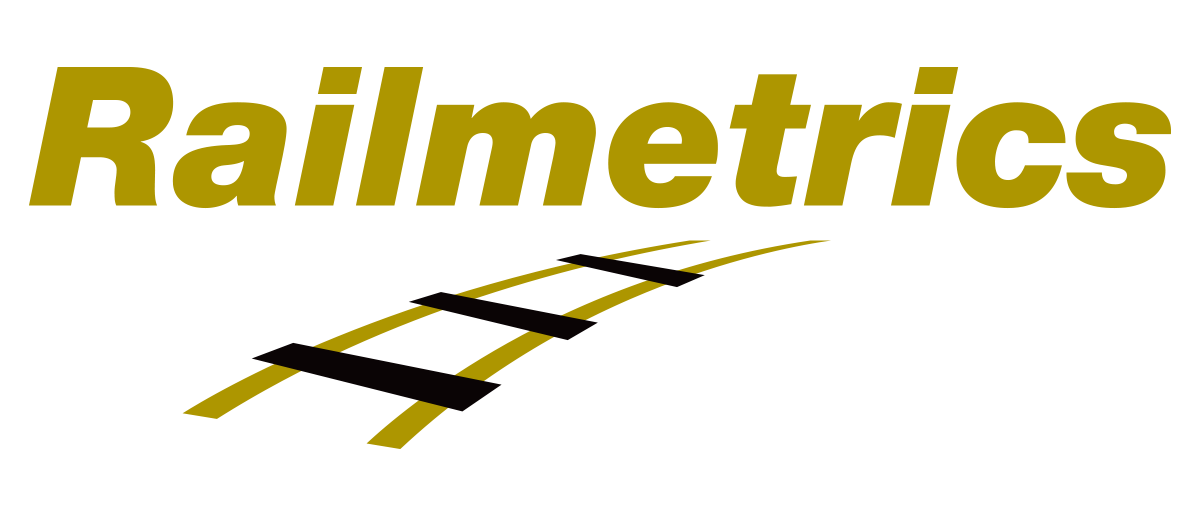Pasir Mas, Malaysia – Track Monitoring
Challenge
The Pasir Mas Railway Station, located in Kelantan, is operated by the National Malayan Railways and is the closest railway station to the Malaysia-Thailand border. Following the collapse of a retaining wall close to both the station and the railway tracks Malaysian Railway operator Keretapi Tanah Melayu Berhad (KTMB) needed to quickly deploy a remote rail monitoring solution that could enable them to assess the impact of the repair work on the track.
Conventional approaches were considered, such as the use of optical survey methods, but these would have required twice-daily site visits by surveyors and consultant Jabatan Kerja Raya (JKR) preferred continuous reporting that would alert the project team to the slightest changes in trackbed geometry. They therefore opted for a Senceive wireless system capable of measuring track cant, twist and settlement with a degree of high precision and reliability.
Solution
Meridian 2000, the Senceive distributor in Malaysia, supplied 34 FlatMesh™ Triaxial Tilt sensor nodes, which the project team installed directly onto the railway sleepers in the area of concern. The nodes were easily installed to the middle of every third sleeper, using trackbed mounting plates and adhesive. Antenna caps were used to protect the sensors in the harsh track environment.
The mesh network formed by the tilt sensors was configured to relay data to a secure cloud server every 30 minutes via the 4G Gateway, and on to cloud-based data visualization platform - WebMonitor™. Registered users were able to view and interact with the track movement data from the comfort of their desks. Alarms were configured such that any movement outside the defined thresholds would trigger automated notifications by SMS and email to all interested parties.
Outcome
The entire system was installed and up and running in less than two hours, with online data immediately available.
Daily survey measurements of the top of the rails at each sleeper location were taken to enable comparison between the survey and wireless sensor data. On at least one of the days during the one-month monitoring period, a track gauge was also used to manually measure the cant at each sleeper location to enable comparison among the three methods.
Data from the three were plotted together for both cant and twist, with a high degree of correlation observed.
Data accuracy and reliability provided the client with reassurance that the restoration works could continue safely. Stakeholders were immediately notified about any detected movements outside KTMB’s pre-defined limits. The client was pleased that the system eliminated the need for frequent site visits and that reporting rates and alert triggers could be changed remotely if needed.
Download the case study PDF below to view graphs of settlement, cant and twist from 22 September 2021. On this day a track gauge was used to measure cant on the track. Data from the track gauge, manual survey and Senceive Triaxial Tilt Nodes were plotted together for a comparison. A high degree of correlation between the three monitoring devices was observed
Downloads
Created on: Wed 17th May 2023



Key Points
• Repair work on a collapsed retaining wall at a commuter railway station meant a reliable monitoring system was needed for nearby railway tracks.
• The FlatMesh system was quick to deploy and provided near real-time track geometry data to remote stakeholders – saving cost and time by eliminating site visits.
• Easy access to precise data reassured the track asset owner and allowed the adjacent construction work to proceed while keeping the railway line open.









